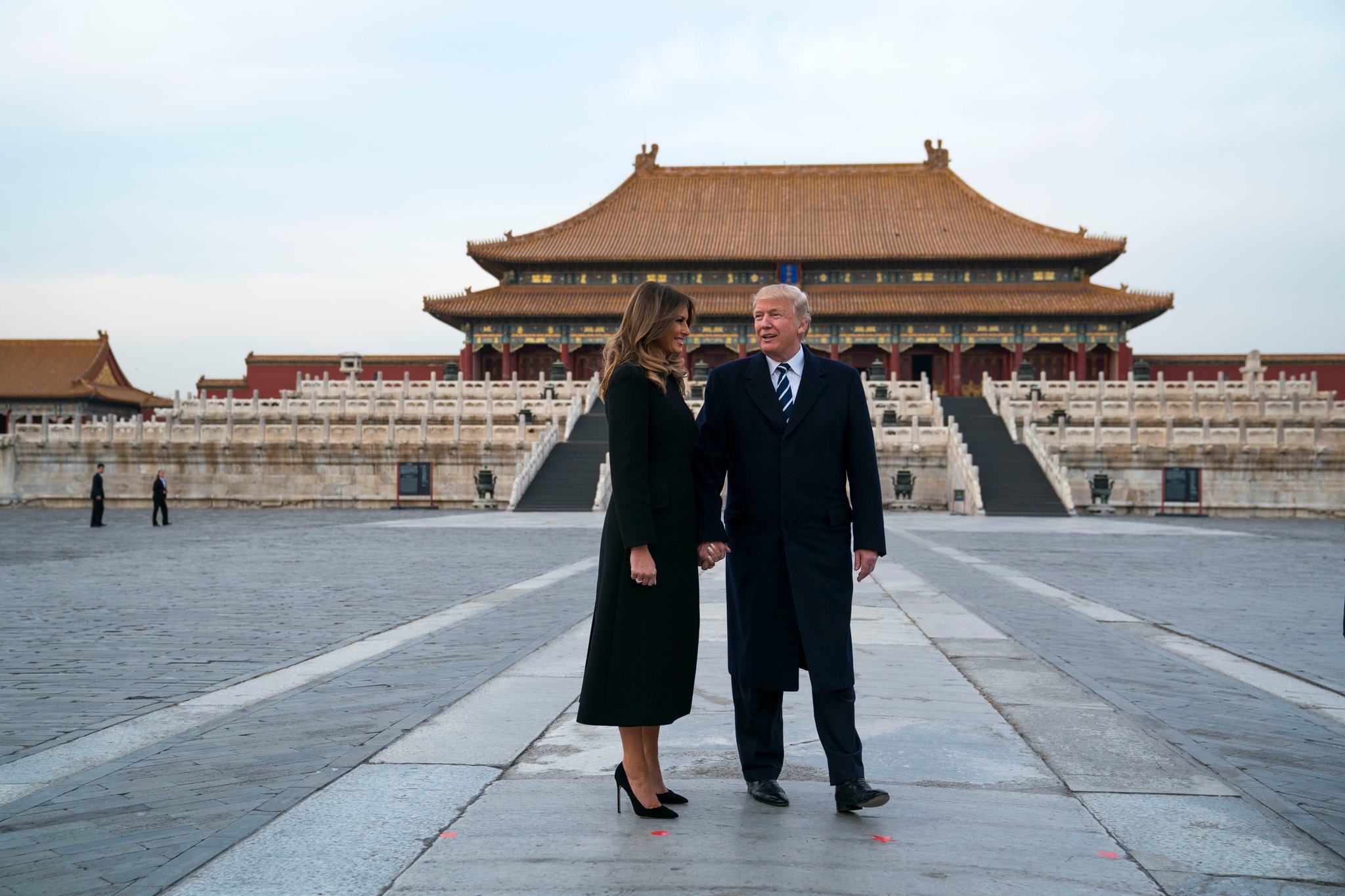The US President Donald Trump kicked off his 12 days long visit to five Asian countries namely Japan, South Korea, China, Vietnam, and the Philippines in early November 2017. This is the longest visit by a US President since 1991. The strategic community in Washington D.C. stands aware of emerging trends in the region and does realize the importance of Asia-Pacific; hence, Trump’s long visit is its manifestation.
Apparently, his visit had two important issues, i.e. economic/trade and North Korea. President Trump has long been advocating that America is taken advantage of unfair trade, which resulted in losing American jobs at home. The North Korean nuclear issue is one of the very few foreign policy areas on which Trump had talked about during his election campaign so his visit did provide him an opportunity to gather diplomatic support against the country’s ambitions in acquiring nukes.
After the conclusion of his visit and during his press briefing in White House, he stood positively in terming his visit a “tremendous success” and declared “America is back” as a global leader. President Trump is fond of using a lot of superlatives and adjectives in his speech and so did he conclude his visit that way. During his visit, his often tougher stance was witnessed in Japan on the North Korean nuclear issue when he said: “No dictator…should ever underestimate American resolve.” Probably this is what audience in Japan wanted to hear from him on Japanese soil. But President Trump avoided commenting on the South China Sea and China while in Japan. He was careful by not addressing Japan-China contentious issues. Previously, Trump offered the tough talk on China’s island-building in the South China Sea while he was running for President last year.
China ranked high in President Trump’s visit due to his tough stance on China during his election campaign. Lately, President Trump, Secretary of State Rex Tillerson, and National Security Advisor H. R. McMaster have started using the term “Indo-Pacific” in place of “Asia-Pacific”. Reportedly, it has been understood that the quadrilateral grouping of democracies, i.e. US, Japan, Australia, and India is in making to counter rising China in the region. The other objective might be of fixing the North Korean issue. Though the term “Indo-Pacific” has yet to be revealed in the subsequent months yet its usage by the top US figures does give an impression that the US has some new strategy in making for the region. The US wants China to fix the North Korean nuclear issue by using its economic or trade leverage. While in China, Trump believed: “China can fix this problem easily and quickly, and I am calling on China and your great president to hopefully work on it very hard.” Trump believes to have gathered diplomatic support against North Korean nuclear programme after his visit but the situation on the ground is otherwise.
There is a consensus among many experts that this 21st century is an Asian century and in Asia, Asia-Pacific region holds the key for either future cooperation or confrontation. The way the tense situation is being witnessed in waters of the region and looking at the existing state of affairs, the conflict could be ignited by miscalculation, if not by design. But again the Chinese President Xi Jinping’s visit to the US previously had confirmed an era of strategic patience and now Trump in China has also been careful, unlike his often outspoken nature by not hitting hard on issues, which are not taken comfortably in China. Both sides clearly understand the costs and benefits of confrontation and cooperation between the two great powers in the world at present, which is a healthy sign for the regional peace.
Cooperation has to be earned in the region as it has tremendous economic potential. China, the world’s second-largest economy, Japan, and other ASEAN states have demonstrated enormous success in terms of economy. The US-China cooperation is important for world order, which could be achieved as the US President Trump stands for “economic nationalism” and the Chinese President Xi Jinping stands for “economic connectivity” through his belt and road initiative (BRI). In his address at the Asia-Pacific Economic Cooperation (APEC) summit in Vietnam, Trump said he was prepared to cooperate with economies of the region but that must “abide by fair reciprocal trade…We can no longer tolerate…chronic trade abuses.”
While addressing in the same summit, Xi Jinping also reciprocated by saying that any trade should be “more open, more balanced, more equitable and more beneficial to all.” The US-China convergence and cooperation on economic and trade matters is not only vital but also beneficial for an already fragile world economic order.
DISCLAIMER: The views and opinions expressed in this article are those of the author and do not necessarily reflect the official policy and position of Regional Rapport.



